
L’Odet
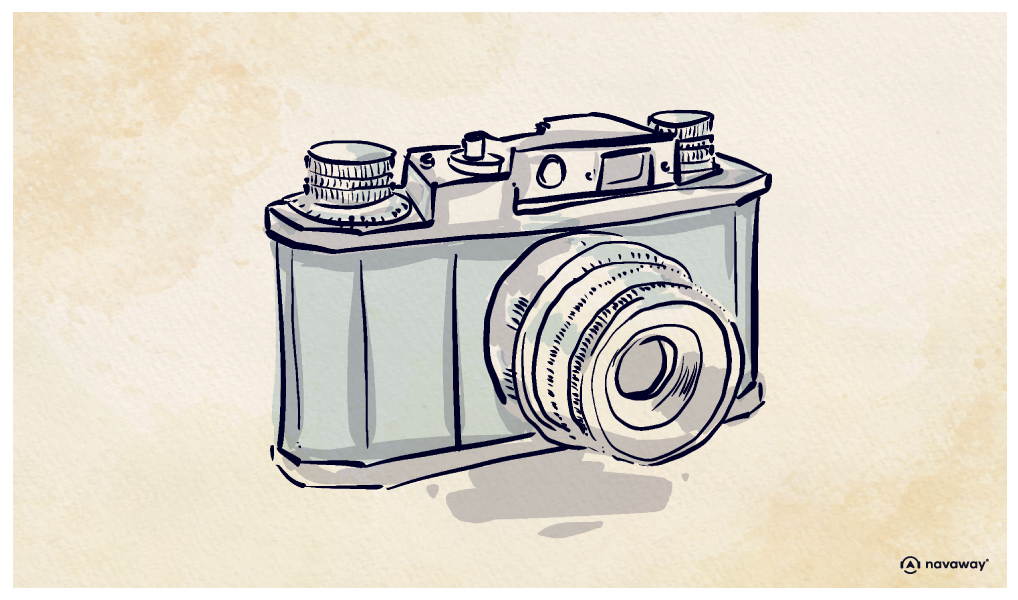
This point of interest is available as audio on the tour: Visit Quimper, Cornouaille’s Capital in All Its Glory
The Steïr, the Odet, and the Frout—these are the three waterways without which the prefecture of Finistère would not be the same, both geographically and in terms of identity. Indeed, Quimper, from the Breton word “kemper,” means “confluence.” Beneath your feet flows the Odet, once called “the most beautiful river in France” by King Francis the First. In its journey from the Black Mountains in Saint-Goazec to the Atlantic Ocean, the Odet forms a true natural heritage. It has played a significant role in the economic development of this Breton city, providing the clay necessary for the famous Henriot pottery works, still based in Quimper. After multiple operations to raise its banks due to severe flooding, the Odet now offers various activities—whether on the water by boat or on foot, following the rhythm of the tides and its 11 aligned footbridges. Speaking of which, why so many footbridges over just 1.3 km? To look pretty? That could have been a reason. To address some local laziness? Not quite. In reality, it’s all about water and money. During his visit to the city in 1858, Louis Napoléon Bonaparte announced the creation of a railway line between Quimper and Brest, which significantly transformed the appearance of the Odet riverbanks. On the right bank, Boulevard Kerguelen was created, while factories and wealthy properties were established on the left bank. To provide access to these living and working areas from the opposite banks, private footbridges were built—8 to be exact. The Tanguy footbridge belonged to a former Crêpes Dentelles factory, the Guével footbridge served an old tannery, the Trouanez footbridge led to a dental surgeon’s residence, the Bolloré footbridge led to the family’s mansion, and so on. Once markers of social status, the Odet’s footbridges still serve their practical purpose, but now for everyone’s benefit.

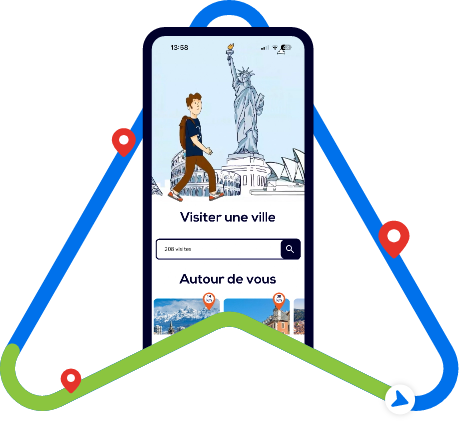
Discover Quimper with app
An interactive guide through the most beautiful streets, squares, and districts
23 fun audioguides full of historical facts, anecdotes, and legends
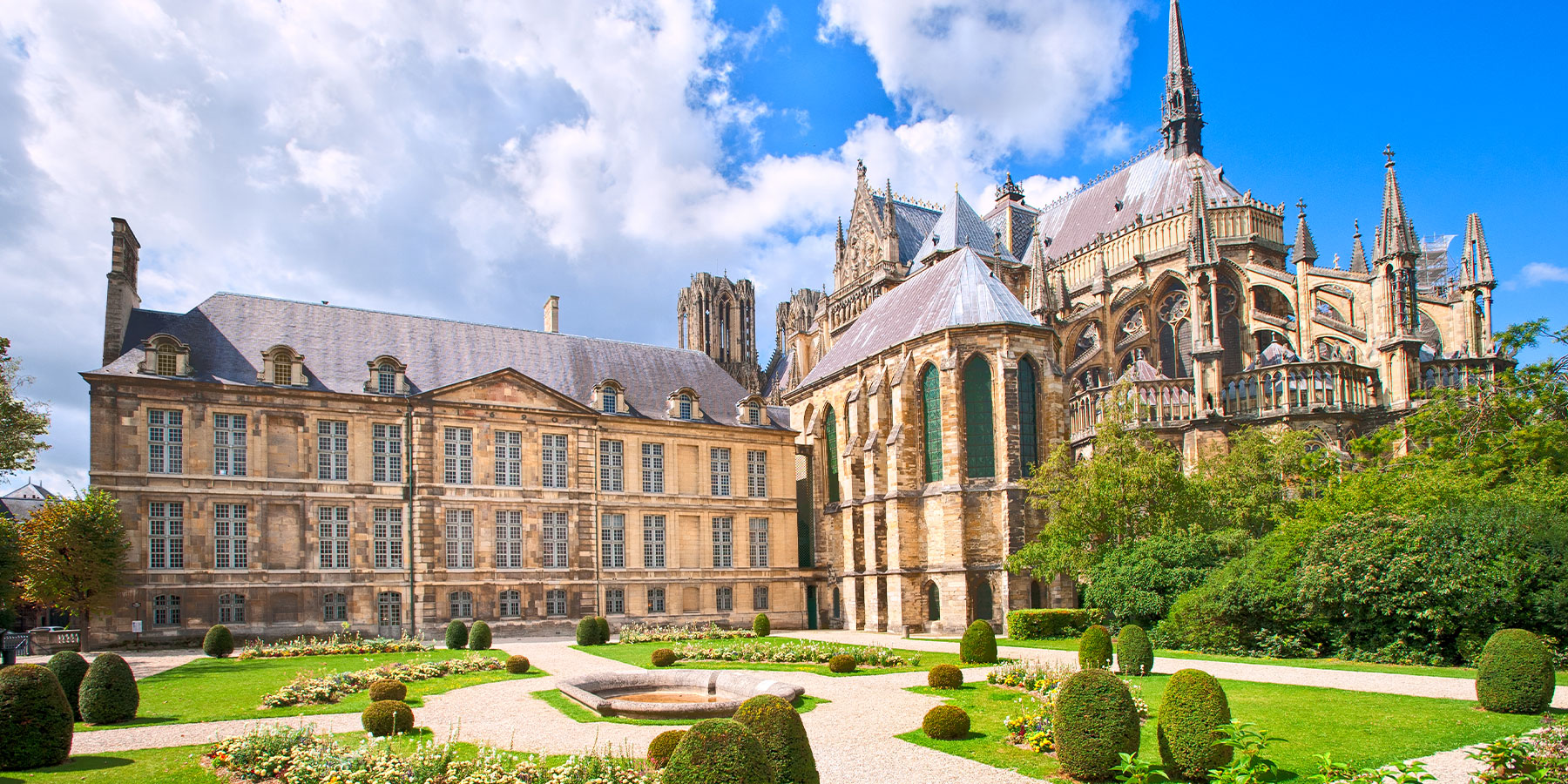
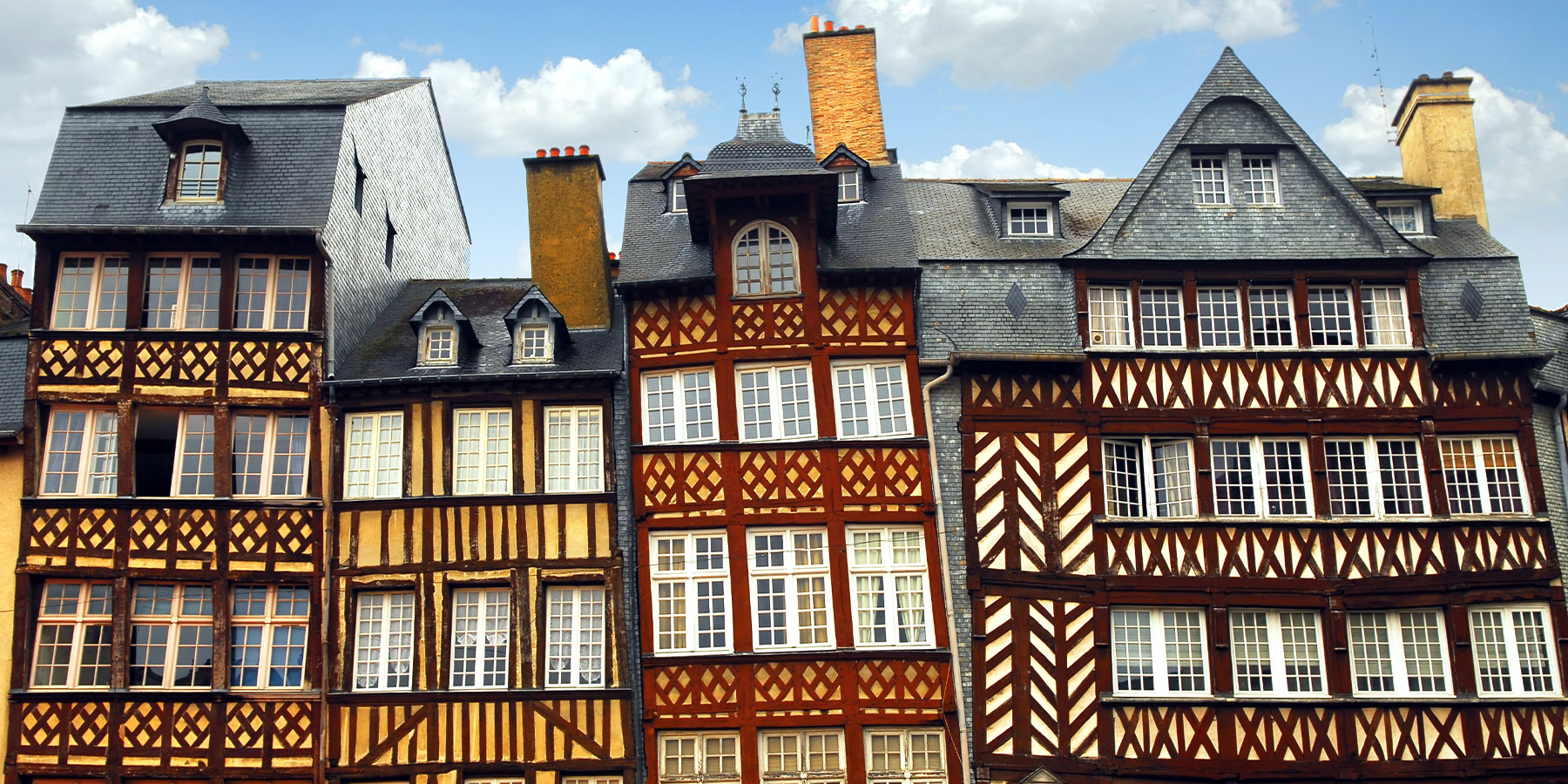
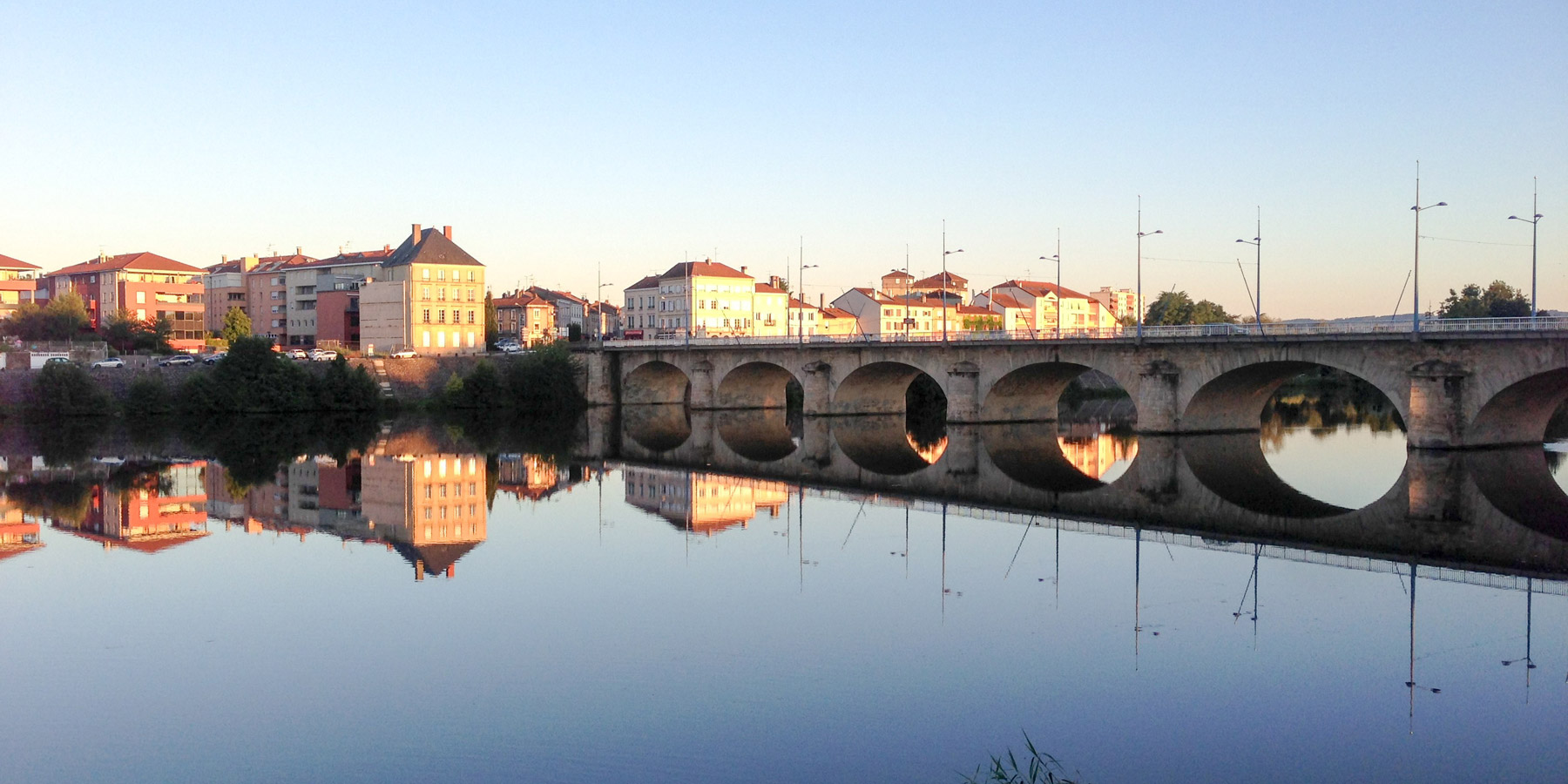
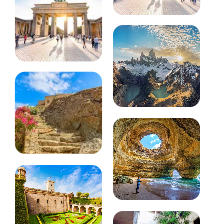

Comments